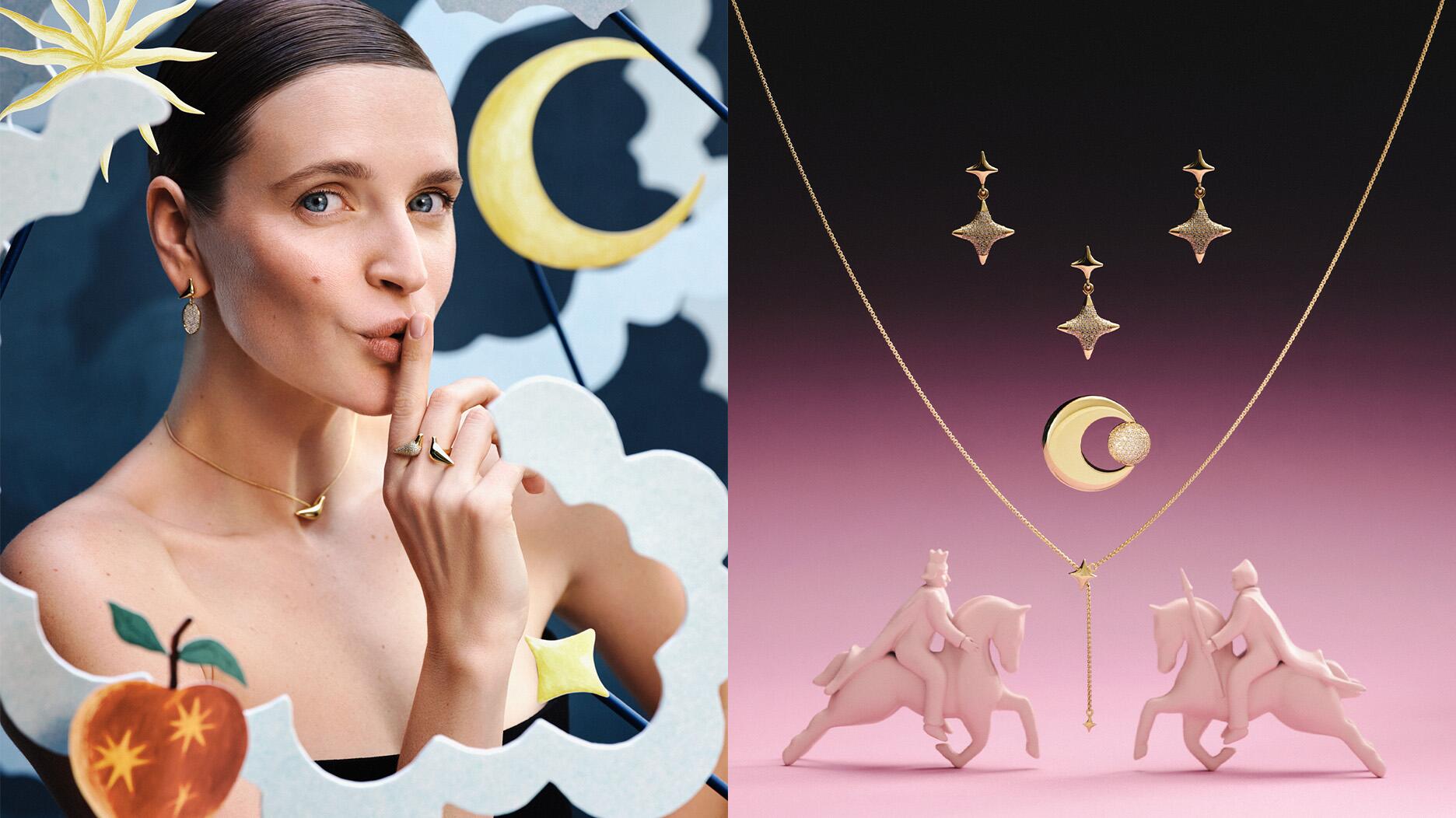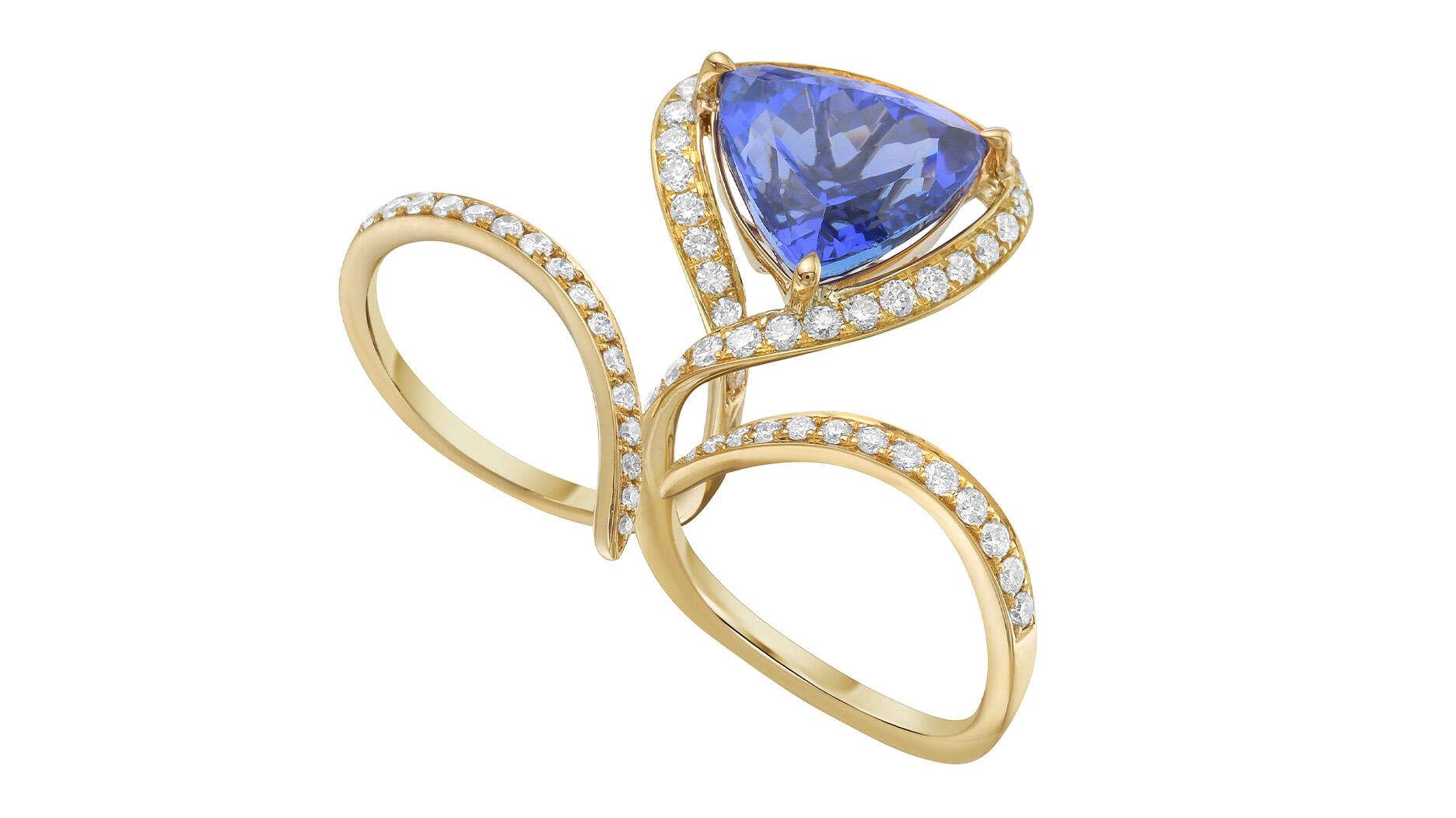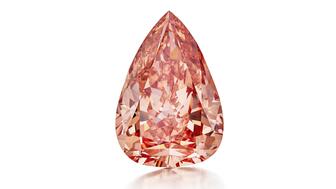The sale of the 31.68-carat, sunset-hued stone was part of Sotheby’s first series of events and auctions in Abu Dhabi.
The History Behind … Art Deco
The latest in National Jeweler’s The History Behind series explores one of the most popular and influential periods in jewelry design, the Art Deco era.
New York--It’s a period that’s so popular, and has enjoyed so many revivals, that the term Art Deco is used loosely to refer to jewelry, architecture and furniture from many different decades.

For this installment of The History Behind, National Jeweler turned to two antique experts--Janet Levy, of antique jewelry company The DeYoung Collection, and Patricia Faber of the Aaron Faber Gallery--to learn more about the origins of the era’s clean aesthetic.
When did Art Deco jewelry first appear on the market? Both Levy and Faber agree that there are no firm dates for any period of jewelry design; one movement simply blends into the one that follows.
“There’s not this kind of wall that divides anything,” Levy said. “It’s very fluid.”
While a touring exhibition put together by the Victoria & Albert Museum in London defines the period as 1910 to 1939, Levy said in her mind, the earliest Art Deco pieces date from about 1918 or 1919, with interest in the movement waning in the 1940s.
Why it is called Art Deco and what influenced the design of the period? Art Deco took its name from the Exposition Internationale des Arts Décoratifs et Industriels Modernes (the International Exposition of Modern Decorative and Industrial Arts). It took place in Paris in 1925 and is said to have done more to advance the worldwide popularity of Art Deco design than any other exposition of its time.
Like most movements in design, Art Deco was a rejection of the soft, curvy forms of the period that preceded it, Art Nouveau.
It was after World War I, and “People needed an escapist, happy expression coming out of that horrible war,” Levy said.
Women enjoyed a period of liberation in terms of their hairstyles, lifestyles and clothing--think how little the flapper girls of the era wore--and wanted new, fresh-looking jewelry to go with it.
They could have it, thanks to the growing use of machines, which could produce jewelry with clean lines, and produce it in greater amounts than was possible in the past.
Art Deco also was
How would you describe the aesthetics of Art Deco jewelry? Art Deco is, as Faber so perfectly described it, graphic, linear and geometric. To see these traits on a large scale, one merely has to look at some of New York City’s most iconic buildings, the Chrysler and Rockefeller Center.
Levy noted that there are two forces at play in any Art Deco piece. There’s the very strong, geometric structure and then the expression taking place within that structure.
Think: the floral or pyramid-like patterns visible in the beautiful, clean diamond and colored gemstone-set bracelets, brooches and earrings from houses such as Boucheron, Van Cleef & Arpels and Cartier and, in the United States, Raymond Yard.
Art Deco also was the era that Cartier’s artisans came up with the Tutti Frutti design, which featured diamond and carved, colored gemstones, influenced by the Mughal period in India.
What materials were popular? Platinum was the most widely used metal of the era.
Gemstone-wise, it was diamonds and colored stones, particularly the big three: sapphires, emeralds and rubies. Levy said there also were a lot of fancy cuts used during the period, including fancy cuts in color.
Is Art Deco the most influential period in jewelry design? Both Levy and Faber said yes.
“Etruscan and Scythian jewelry shows up most often throughout (history) but I think Art Deco in the modern era is strongest, and I think it’s the most popular,” Faber said.
It’s enjoyed a number of revivals throughout history, including in the late 1980s and early ‘90s, and influences the geometric designs that are en vogue today.
The clean lines continue to appeal.
“You never get tired of it,” Faber said. “I never get tired of looking at the Chrysler Building and jewelry has a lot of the same visual appeal. There’s always something new to see in the design.”
How can retailers add authentic Art Deco pieces to their estate jewelry inventory? Levy said jewelers need to be pro-active in order to snag pieces from this still-popular era.
She recommended attending estate jewelry shows--one example is Lueur, which is coming up at end of October in New York--as well as visiting reputable dealers to look at jewelry, analyze its quality and compare prices.
Price points for Art Deco jewelry start as low as $2,000 for a simple bar pin and can climb to $10,000 to $20,000 for bracelets that aren’t signed, which Levy considers a good deal. More elaborate signed pieces, meanwhile, can sell for upwards of $1 million at auction.
Faber also recommended the auction houses as good sources for retailers, as they edit their offerings carefully. “You’d be less likely to find authentic Art Deco privately,” she said.
The Latest

Most customers who walk into your store this month have made up their minds. Your job is to validate their choice, Emmanuel Raheb writes.

MatrixGold 3.11, the newest version of the jewelry design program, offers more flexibility, precision, and creative control.

How Jewelers of America’s 20 Under 40 are leading to ensure a brighter future for the jewelry industry.

The pavilion will be part of the 2026 JA New York Spring show, scheduled for March 15 to 17.


Kadet, a 1994 National Jeweler Retailer Hall of Fame inductee, helped grow the family-owned retailer in the Chicago area and beyond.
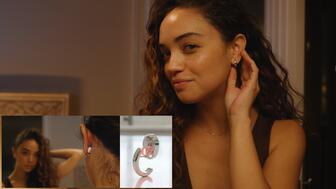
Billed as the world’s smallest wearable, Lumia Health’s new smart earrings have a health tracker subtly embedded in the back.

Roseco’s 704-page catalog showcases new lab-grown diamonds, findings, tools & more—available in print or interactive digital editions.
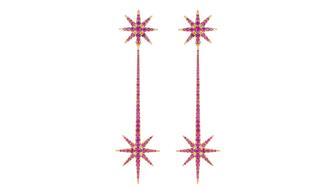
The new pink sapphire version of the piece dances with its wearer in the brand’s “Icons After Dark” holiday campaign.
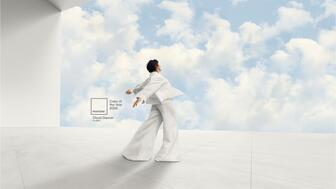
A choice that’s generated a lot of commentary, Pantone says “Cloud Dancer” marks a fresh start and encourages relaxation and creativity.
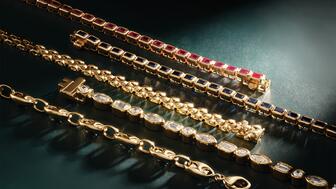
The manufacturer’s holiday campaign features a gift guide filled with trending designs and jewelry that can be personalized.
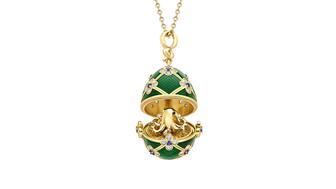
The man was charged with theft, accused of ingesting the necklace while in a jewelry store in Auckland, New Zealand.
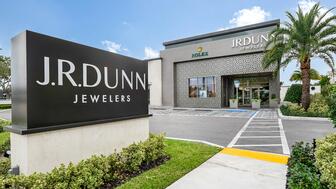
The Florida independent expanded its store from 8,000 to 14,000 square feet, fulfilling the vision of its late co-founder, Jim Dunn.
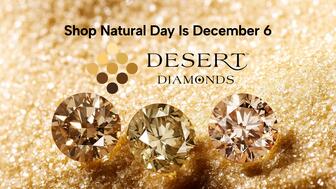
Sponsored by De Beers Group
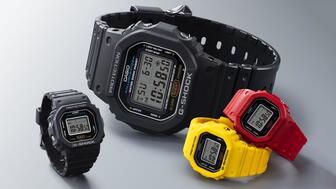
The classic 5600 series G-Shock has been scaled down to about a tenth of its size, becoming a fully functioning watch ring.

The association’s annual conference and gala will take place Feb. 4, 2026, during the Tucson gem shows.

The January show will include a workshop for jewelry retailers on implementing AI to strengthen their businesses.
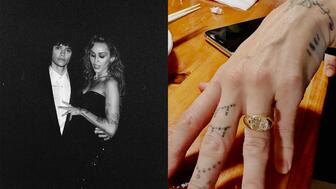
Fellow musician Maxx Morando proposed to the star with a chunky, cushion-cut diamond ring designed by Jacquie Aiche.

The retailer, which sells billions in fine jewelry and watches, is suing the Trump administration and U.S. Customs and Border Patrol.
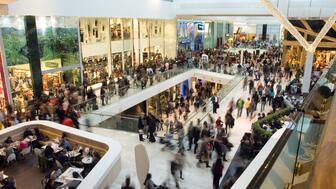
Black Friday is still the most popular shopping day over the five-day holiday weekend, as per the National Retail Federation’s survey.
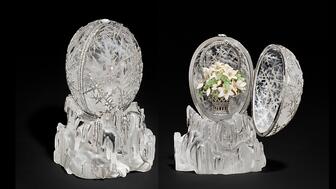
The historic egg, crafted for Russia's ruling family prior to the revolution, was the star of Christie’s recent auction of works by Fabergé.
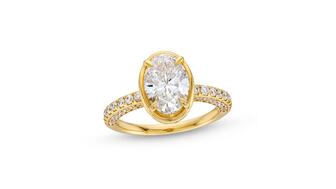
The retailer offered more fashion jewelry priced under $1,000, including lab-grown diamond and men’s jewelry.
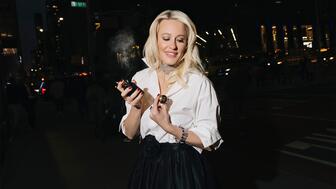
The eau de parfum is held in a fluted glass bottle that mirrors the decor of the brand’s atelier, and its cap is a nod to its “Sloan” ring.

Vivek Gadodia and Juan Kemp, who’ve been serving as interim co-CEOs since February, will continue to lead the diamond mining company.

In addition, a slate of new officers and trustees were appointed to the board.
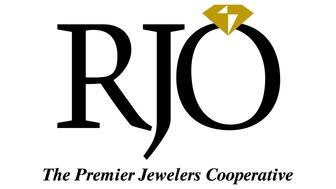
Witt’s Jewelry in Wayne, Nebraska, is the organization’s new milestone member.

Laurs is the editor-in-chief of Gem-A’s The Journal of Gemmology and an expert on the formation of colored gemstone deposits.










